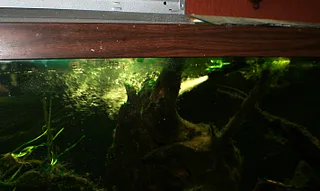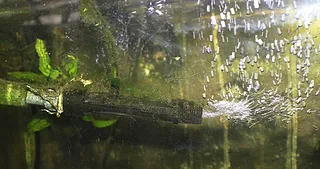I would agree that circulation pumps or wavemakers or whatever they are called nowadays are probably the best method of aeration, especially if a venturi air intake is added to produce those wonderful bubbles. I've read and heard a lot of people stating that the bubbles themselves are the primary source of aeration, which I personally don't believe...but they can't possibly hurt. IMHO, it's the water circulation that is produced, moving water through the tank in a current which exposes all the water to the surface where it can experience maximum gas exchange.
If you have only one or two tanks...or if you literally don't care about efficiency, cost, etc...then water pumps are the way to go. But if you have multiple aquariums and must pay at least some attention to efficiency and costs, then it's hard not to swing towards airstones and airpumps. A central air pump that feeds multiple airstones and/or sponge filters is an absolute godsend. Adding extra filters, quickly setting up extra tanks for fry, quarantine, isolation, etc is literally as simple as adding another airline and dropping in an airstone.
I use water pumps and sumps in my larger tanks and systems, but even those always have at least an airstone, usually powering a sponge filter, in each individual tank. It's a terrific fail-safe feature; if the water pump malfunctions, or the circle trips (you do use GFCI's, don't you?) or you simply forget to turn the water pump back on after feeding, servicing, etc...the airstone is still bubbling merrily away, and punching way above its weight/cost in terms of maintaining your tank.
I wonder: of the serious aquarists who own and maintain numerous multiple tanks...especially if they are breeders...how many of them actually mess with individual water pumps in each tank? And, conversely, how many use a central air system and airstones in each tank? I suspect that almost anyone who knows such a hobbyist and has seen the fishroom in question...knows the answer to that question.







